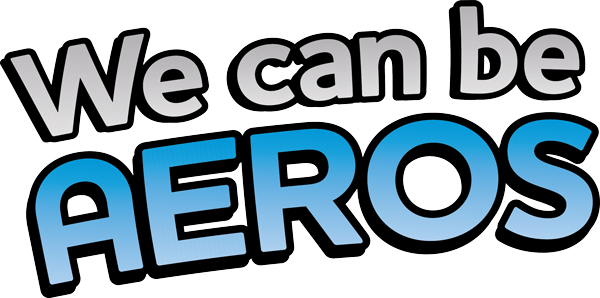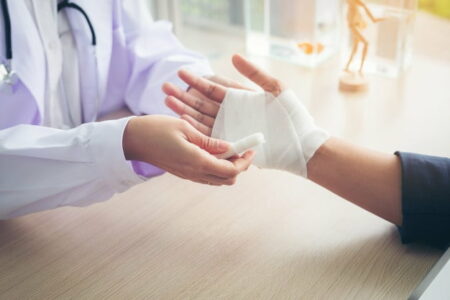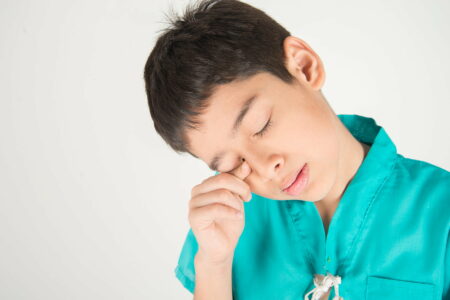Every Australian home should have a properly stocked first aid kit. If you’ve been meaning to put together a first aid kit but don’t know where to start, we’ve made it easy. Here are seven items you should always have on hand to treat common injuries that happen in the home.
Plastic plaster
Let’s start with the basics. Scraps, scratches and small cuts are an inevitable part of life, particularly when you have kids. Every family home should have a variety of plastic plasters as part of their home first aid kit to dress these smaller injuries in order to help the healing process and prevent infection.
Burn gel sachet & burn gel dressing
Burns are one of the most common household injuries. The first step to treating a burn is figuring out how serious it is. This article explains how to identify what type of burn you are dealing with and what steps you should take to treat it. The good news is, a minor burn (minor inflammation and swelling, redness, tenderness, little to no blistering) is fairly easy to treat when you have burn gel sachets and burn gel dressing in your first aid kit.
Cleansing wipes
Before dressing a wound the first thing you should do is make sure it is properly cleaned. Having cleansing wipes in your first aid kit will remind you to take this important step.
Conforming bandages
Conforming bandages can be used to treat a number of injuries including wound dressing and strain support. Your home first aid kit should include a range of different sized conforming bandages to treat a variety of injuries.
Eyewash liquid
Getting something in your eye, or having itchy or irritated eyes, is not only painful but incredibly frustrating. The best way to treat this type of injury is by using eyewash liquid. This product will help to clean, refresh and soothe the eyes. Depending on the situation, it can also be used to flush out foreign objects, such as dirt.
Tweezer
There is nothing more frustrating than when you need to remove a splinter or any other small foreign object lodged in your skin, and you can’t find a pair of tweezers. For this reason, you should always keep a pair of sterilized tweezers in your first aid kit.
A notebook and pen
This one might be a little surprising to some but in the circumstances of a medical emergency, taking notes is commonly necessary. You may be on the phone to emergency services and need to take down instructions, or you may want to write down some details of the situation to explain to a medical professional later on. Medical situations can cause you to become flustered and you might struggle to find a pen and notebook even if on a regular day you would know exactly where to find them. Having a pen and notebook in the first aid kit will make them easy to find without too much thought.
Snake bite bandages
Depending on where you live, it might be a good idea to keep a snake bite bandage in your home first aid kit. After all, Australia is home to some of the world’s most poisonous snakes and you never know what is lurking under a rock in your backyard.
Rather than collecting these items for your first aid kit separately, make things easy for yourself by keeping an eye out for Aero’s First Aid kits which will include all these items plus more at your local pharmacy!



